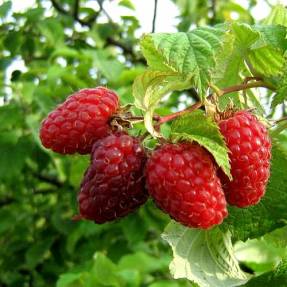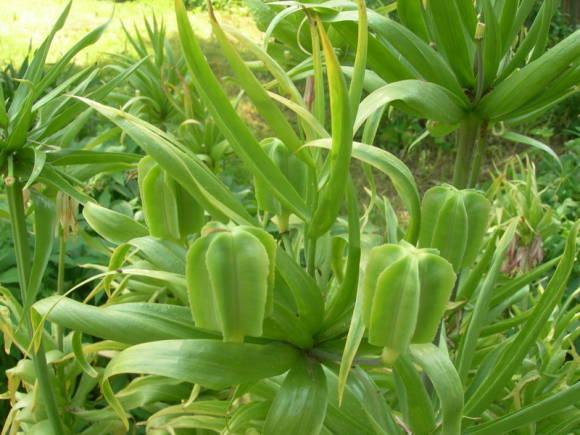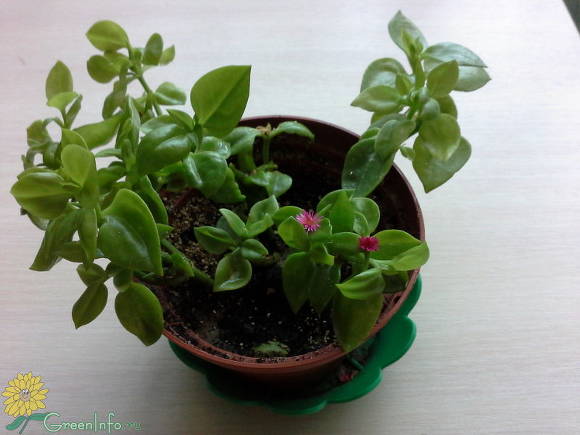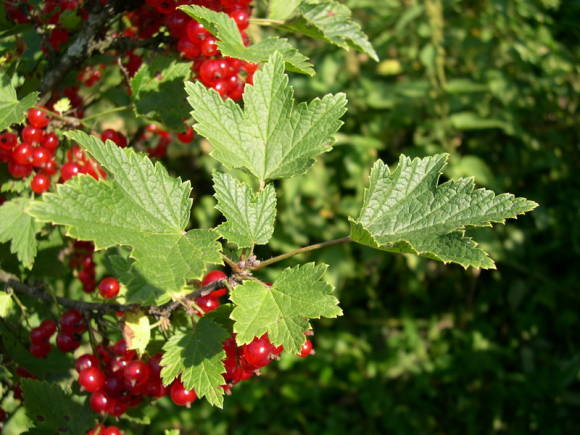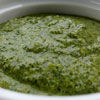 |
Nowadays, treatment with fragrances is becoming more and more popular, this ancient art is becoming more and more fashionable. Essential oils are sold everywhere, from pharmacies to supermarkets. Choosing a quality essential oil is a topic for a separate and complex conversation. And the question arises - is it true that they are so effective or is it just a publicity stunt of manufacturers?
But, despite the fact that aromatherapy can be used for a wide range of diseases, it is not a panacea for all ills at once and, like any method of treatment, has contraindications and limitations. Therefore, it is worth considering the areas where this treatment is most effective.
Let's start with the fact that aromatherapy is not only the inhalation of odors, it is many different ways to convey the healing effect of essential oils to the body: through inhalation (inhalation), through the skin (baths and massage with oils), internal use (for example, with a spoon of honey or on a piece of sugar).
One of the most promising applications is in infectious diseases. Essential oils are easily absorbed into the body by inhalation or by rubbing into the skin in a mixture with fatty oils, and are also easily excreted without any special side effects. Some oils can be taken orally, this allows you to get a quick effect. The use of oils is especially promising due to the fact that at present, due to the excessive use of antibiotics, strains of microorganisms have appeared that do not react to these same antibiotics. Essential oils are complex mixtures, sometimes consisting of 100 or more components, the ratio of which varies depending on the origin of the essential oil and even on the conditions of the year. Microorganisms practically cannot form resistant strains even with their prolonged use. With the combined intake of essential oils with antibiotics, it was possible to reduce the dose of the latter by 2-4 times while maintaining the effect. The use of essential oils is very effective in viral diseases, especially those caused by the herpes virus. Even a disease as complex as shingles can be quickly cured with tea tree oil.
But at the same time, precisely because of this instability of the composition, in books there are often diametrically opposite opinions about the effectiveness of the oil of the same plant species. Therefore, I recommend that the information on the medicinal properties of the oil found in one source be rechecked in 2-3 other sources. Often there you can find a disclaimer that oil of a certain type helps, that is, with a certain aroma. This is typical for thyme, eucalyptus and some other plants.
 |
It is on the antimicrobial and fungicidal properties that the use of essential oils in dermatology is often based. The use of essential oils is extremely effective for skin diseases: acne, acne, pustular eruptions, inflammation, seborrhea, fungal skin diseases, and some types of dermatitis. But the effect of essential oils on the skin is broader and more multifaceted: for example, citrus oils have an anti-cellulite effect, and rosemary oil tones and rejuvenates. Effective use of essential oils for wounds, scars (Italian immortelle, lavender (see Lavender essential oil: properties and applications), sprains and dislocations (ginger and cloves).
 |
Separately, it is necessary to highlight the local irritating and warming or analgesic effect of a number of oils. Massage oils are used for neuralgia and myositis. These oils include the aforementioned ginger and cloves, as well as mint and cedar.
Another promising area for the use of essential oils is nervous system diseases and emotional disorders. Studies have shown that when, for example, the aromas of mint, rosemary, lemon and basil were inhaled, beta rhythms increased on the electroencephalogram, which indicate an increase in mental activity. In addition, experiments have confirmed that rosemary oil improves learning and stimulates memory. So it was not for nothing that ancient Greek students loved to wear a rosemary wreath when going to a debate. Several other oils intensified alpha, theta, and delta waves, indicating a more relaxed state.This ability of some aromas has long been known in folk medicine and, for example, in case of insomnia, it was recommended to hang a valerian root above the bed or put a valerian root under the pillow, stuff the pillowcase with hop cones. As for the mood, even the ancients noticed that the aroma of incense leads to an ecstatic and peaceful state, and the smell of citrus improves the mood.
 |
Essential oils relieve stress and nervousness well on the one hand, and on the other hand, they can invigorate and tone up, increasing efficiency.
Many essential oils are hormonal. According to some reports, citral is a common component in the oils of plants from the family of lacustrine plants (in the oil of the Moldavian snakehead it is up to 70%, see Moldavian snakehead - Turkish lemon balm), stimulates the activity of the adrenal cortex and the function of the ovaries. The hormonal effect of clary sage and medicinal sage oils, as well as rose geranium, has been proven. Juniper essential oil is believed to promote the release of the hormone vasopressin, which regulates the elimination of fluid from the body. Isn't this, among other things, the explanation for the diuretic effect of juniper?
 |
But this method of treatment is ineffective for metabolic disorders and diseases of an autoimmune nature, because essential oils have a noticeable effect on immunity, often stimulating. And, of course, one should not forget about such side effects as allergies and individual intolerance, from which no one is immune.
Read also Aromatherapy: Treating Delight
